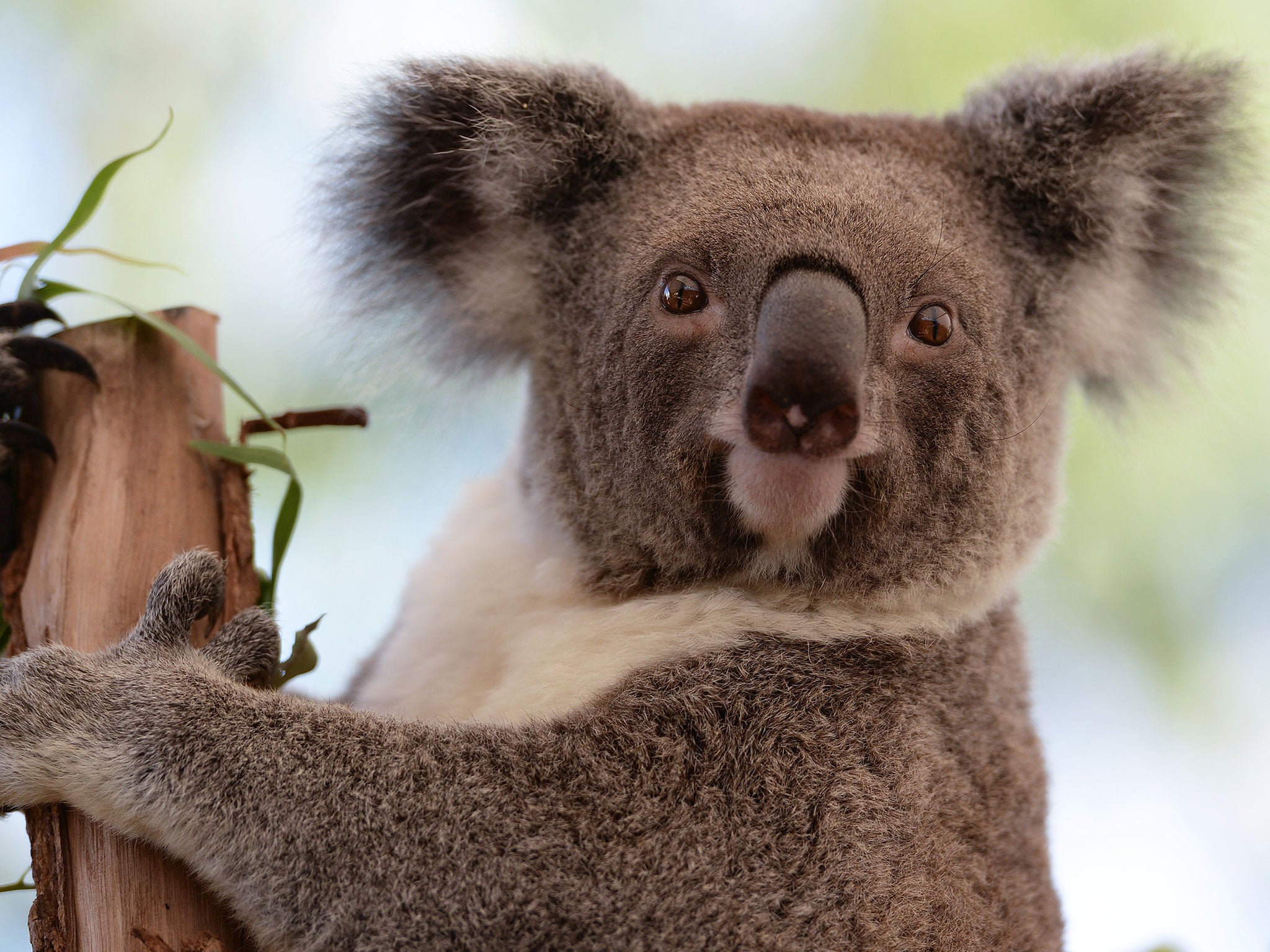Almost 700 koalas secretly culled in Australia because 'they were just dying anyway'
'They were literally falling out of trees due to starvation,' an expert said

The Australian government has been told to “hang its head in shame” for secretly killing almost 700 koalas.
The animals were pulled out of trees near the famous Great Ocean Road, assessed and given a lethal injection in the huge cull between 2013 and 2014 in Victoria state.
Officials did not announce the deaths of the 686 koalas and the operation remained a secret until it was revealed by The Australian newspaper, which claimed agencies were trying to avoid any backlash from residents and conservationists.
The cull has provoked global outrage, with the Russian embassy in Australia posting pictures of Vladimir Putin and Barack Obama hugging koalas on Facebook.
“Hope in the number of euthanised koalas did not get those animals that leaders at the G20 Summit in Brisbane were photographed with,” the embassy’s post said.
The Australian Koala Foundation said the government should “hang its head in shame” for allowing the cull, which it argues would not have been necessary if the population had been properly managed.
Chief executive Deborah Tabart wrote an open letter to the Environment Minister Greg Hunt, quoting a supporter who said it was “irresponsible and abhorrent” for officials to let koalas starve and then use it as an “excuse to kill them”.
“Was it avoidable? Absolutely,” she wrote, saying that her charity advised the Victoria government almost 20 years ago to enhance koalas’ habitat and create corridors to allow them to travel for food.
The Foundation is calling for a “Koala Protection Act” to be introduced nationwide.
Supporters of the cull claimed it was humane and necessary to end the suffering of koalas starving to death because there was not enough food to sustain the high numbers.
Frank Fotinas, the owner of a campsite where the cull was carried out in Cape Otway, told radio station 3AW it should have been carried out years ago.
“The euthanising was done because they were suffering and dying,” he said. “The whole of the cape smelt of dead carcasses.”
He added to The Australian: “They are just dying anyway."
Local government officials have not ruled out further culls if remaining koalas are still suffering from starvation.
The manna gums they eat are said to be stripped bare of leaves by the koalas, letting only the strongest animals survive.
Dr Desley Whisson, a koala expert from Deakin University, told 3AW: “It got to the point where there were no leaves left on the trees they were literally falling out of trees due to starvation.”
Three euthanasia operations were conducted by government officials in consultation with Deakin University, Zoos Victoria and the Bureau of Animal Welfare in 2013 and 2014 to kill 686 koalas at Cape Otway, The Australian reported
Up to 8,000 koalas are said to be crammed into the woodlands, where densities are up to 11 per hectare, compared with the sustainable state-wide rate of fewer than one per hectare.
Healthy female koalas were released and treated with fertility control implants.
The Australian Koala Foundation estimates that there are fewer than 100,000 of the iconic marsupials remaining after a century of them being slaughtered in their hundreds of thousands for fur.
Subscribe to Independent Premium to bookmark this article
Want to bookmark your favourite articles and stories to read or reference later? Start your Independent Premium subscription today.

Join our commenting forum
Join thought-provoking conversations, follow other Independent readers and see their replies